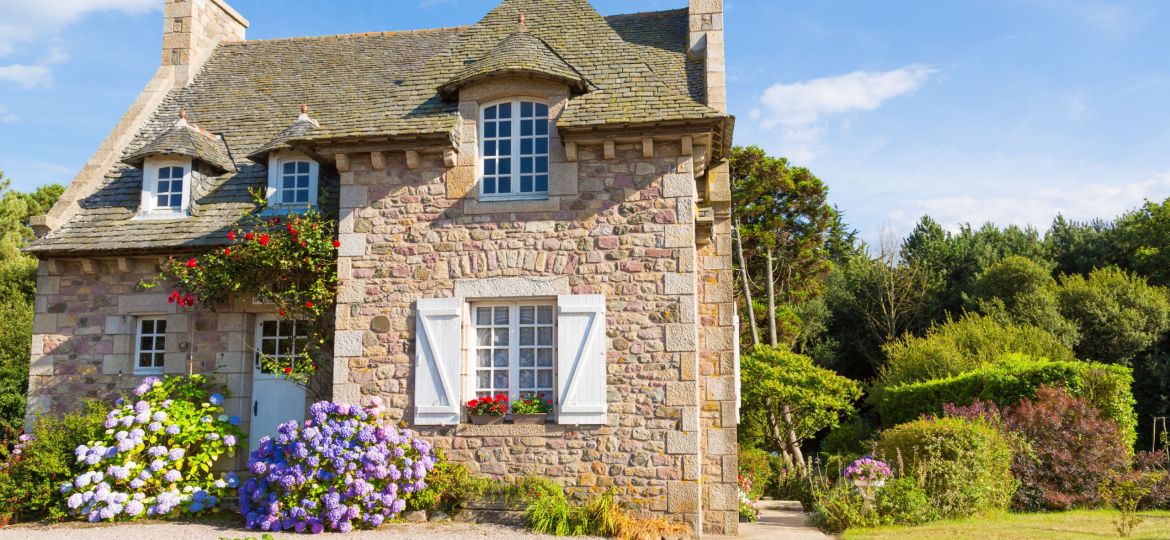
In the UK, we are fortunate to have an number of old and historic buildings within conservation areas, ranging from Victorian back-to-back terraces in Leeds to the grandeur of Buckingham Palace. These properties play a key role in defining our rich English heritage. Many of these buildings are designated as ‘listed,’ signifying their historical or architectural significance and making them subject to special planning laws aimed at preserving them for current and future generations.
Living in a listed building comes with its own set of challenges, particularly when it comes to renovations. While it is possible to install double glazing in such properties, there are strict regulations to follow. Heritage windows, designed to maintain the authenticity of the building, require specific materials and experienced installers. Navigating the red tape involves obtaining planning permission from the local authority and securing consent from Historic England.
Replacing windows in a listed building is a meticulous process, and the design must align with the character of the property. Modern designs, such as shiny white uPVC frames or aluminium frames, may not be suitable and can face opposition from local planning authorities. The expense of replacing old windows with new ones in a listed building is typically higher than a like-for-like replacement in a modern home.
The application process to change windows in a listed building or within a conservation area involves demonstrating a valid reason for the replacement, such as decay or damage to existing windows. Detailed drawings illustrating how the new windows will integrate with the historic aspects of the home are necessary. Additionally, adherence to building regulations is essential.
The location of the window alterations within the property can impact the likelihood of permission being granted, with alterations at the back facing fewer hurdles. The classification or ‘Grade’ of the listed property also influences the ease or difficulty of obtaining permission, with Grade 1 and Grade II* properties subject to more stringent regulations.
For guidance through this complex process, it is advisable to consult with The Ultimate Collection especially when dealing with specific property requirements. The double-glazing industry recognises the challenges faced by listed building owners, leading to the development of ‘heritage’ and conservation products that meet the criteria for listed building consent.
Some PVCu windows are accepted in various local conservation areas across the UK and are suitable for homes of historic interest – it is key that they replicate the appearance of timber but are made of uPVC, combining modern benefits with an authentic look. A way of achieving this is through woodgrain foils, and also the way the windows and welded – traditionally a PVCu windows is welded at an angle on the corner, for timber replica, they can weld straight to imitate timber joins. GENUS by the Ultimate Collection, offers scribed and milled butt joints to the outer frame and sash for the truly authentic timber look.
While the renovation of listed buildings can be intricate, with proper advice, planning, and patience, it is feasible to upgrade traditional windows and doors using lookalike products that offer the advantages of modern technology.




